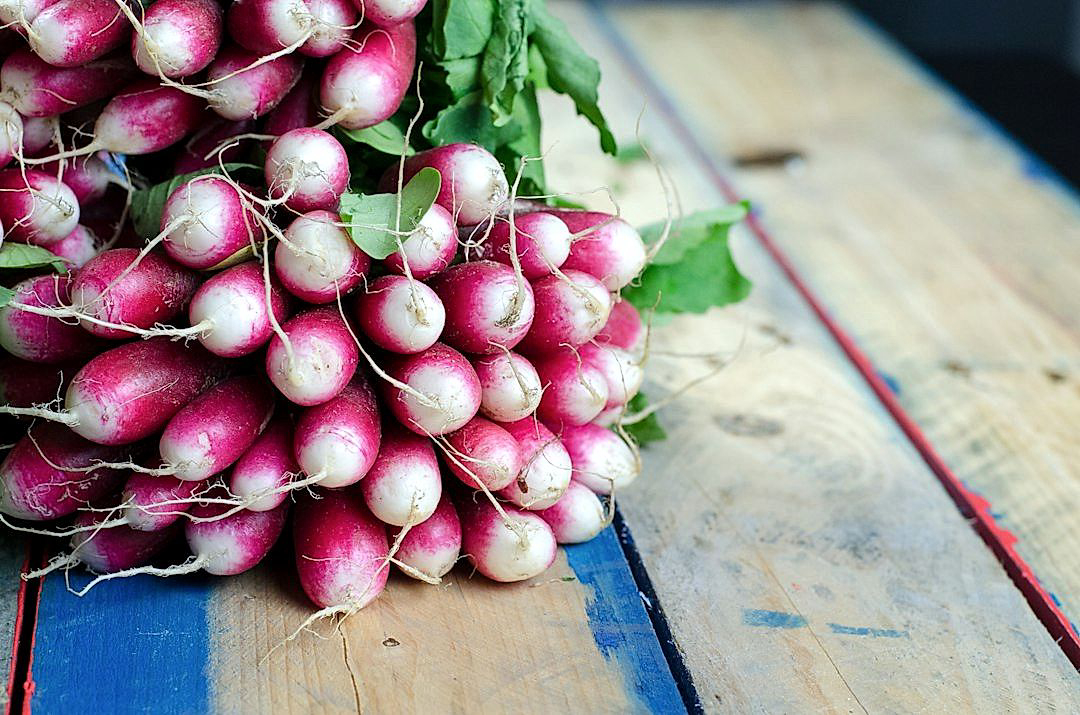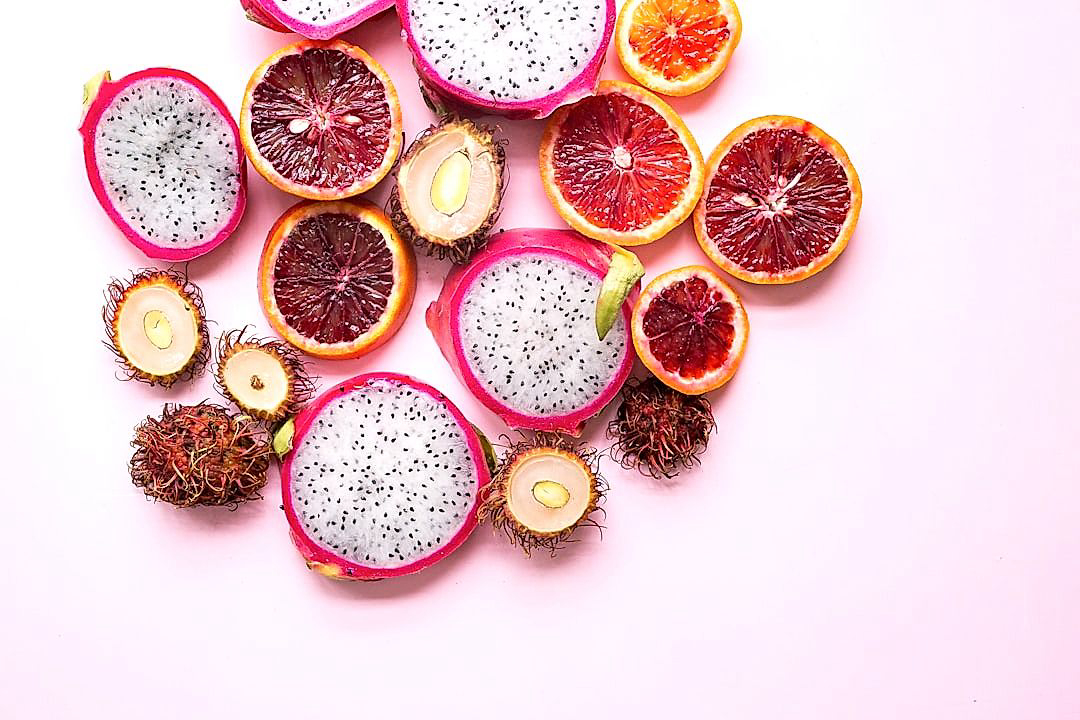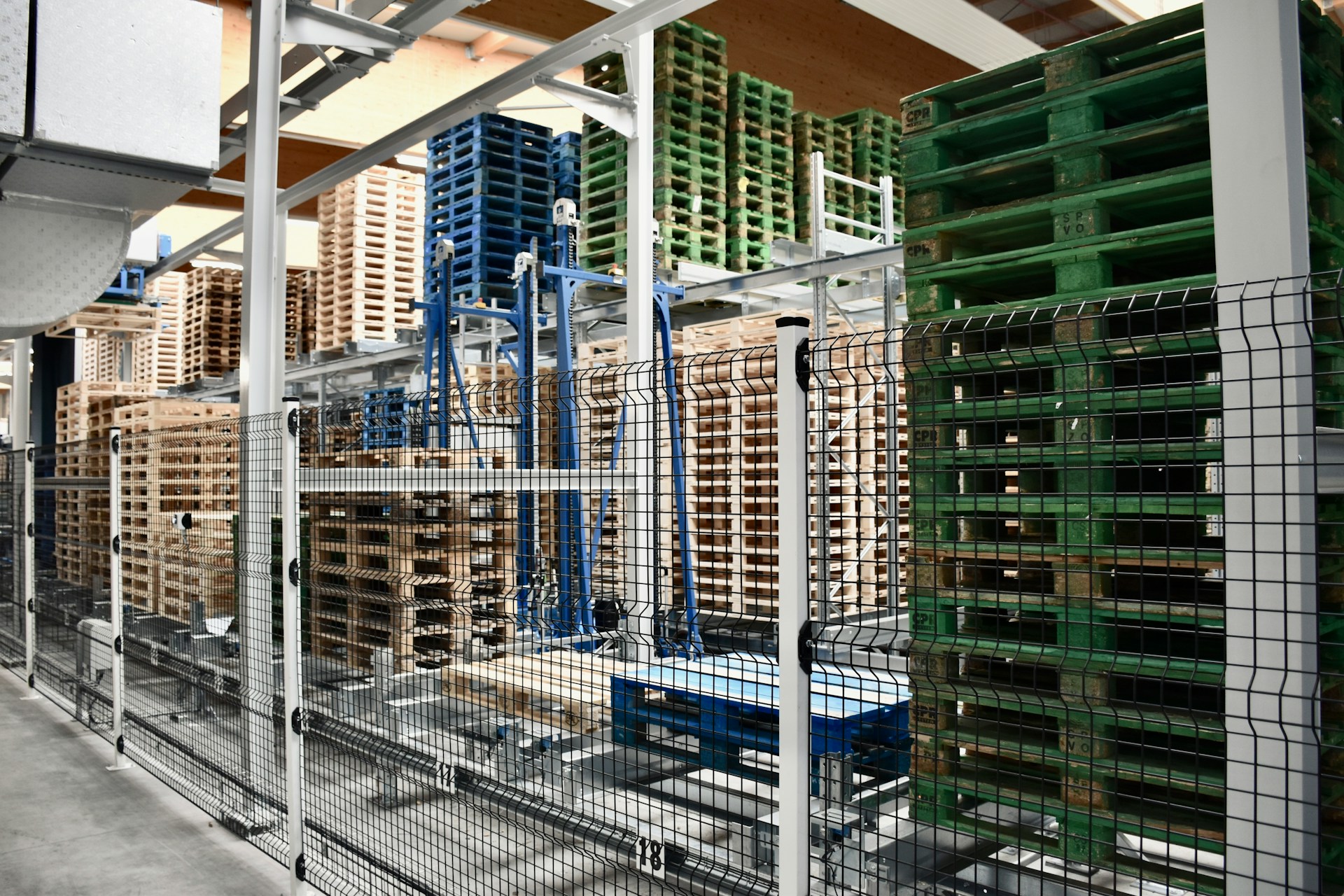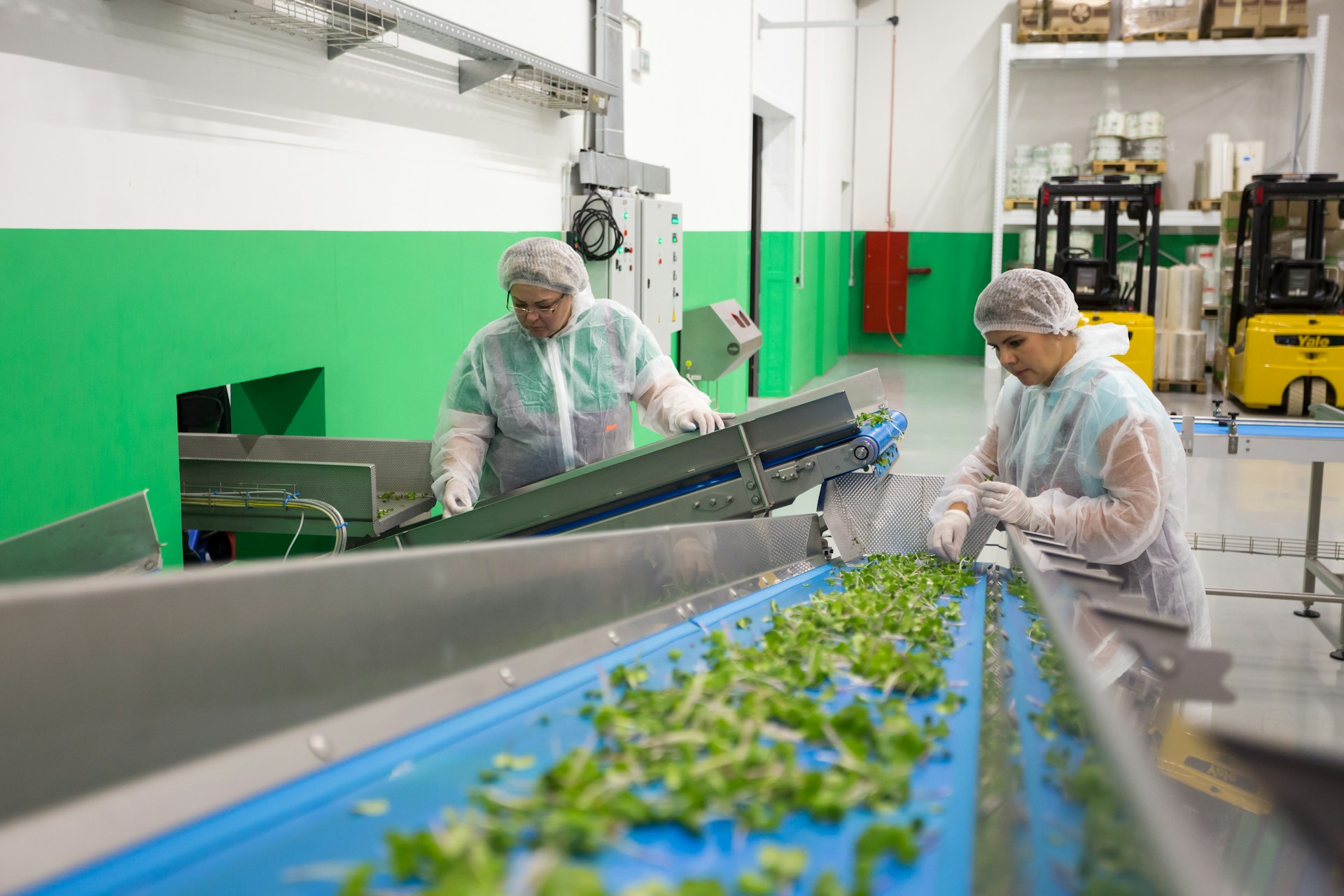Consumers’ demand for fresh, high-quality produce year-round has necessitated the evolution of effective packaging methods.
The focus is no longer solely on protecting produce from physical damage; modern packaging ensures the product’s nutritional and sensory qualities are intact at every step of the logistics chain.
This evolution reflects on manufacturers, retailers, and consumers alike.
As a professional in this industry, understanding these standards is vital to delivering excellent products and ensuring consumer satisfaction.
In this analysis, we will delve deep into these standards, their impact, and why they are considered the backbone of the global produce industry.
Let’s move forward and shed light on this important topic.
Standards For Premium Quality Produce Packaging
1. Sturdy and Durable Material Use
When it comes to the standards for premium quality produce packaging, the use of sturdy and durable materials is of utmost importance.
Industries dealing with fresh produce are expected to utilize materials that can withstand knocks, shocks, and rough handling during transportation and distribution process.
One primary reason for this emphasis is that produce is highly susceptible to damage, and inadequate packaging can result in significant losses for businesses.
Produce such as fruits and vegetables need to be kept in the best possible condition right from harvest through to the consumer.
The material used for packaging has a substantial impact on the freshness and overall integrity of the produce.
Using robust materials such as cardboard, heavy-duty plastics, or biodegradable alternatives adds to the longevity of the packaging, keeping produce fresh for as long as possible.
Sturdy and durable material use also allows for efficient stacking and storage, optimizing warehouse space and reducing the likelihood of damage from falling or toppling packages.
The right kind of material can moreover provide excellent insulation, guarding the produce against temperature fluctuations which can adversely affect its quality.
From a consumer perspective, sturdy packaging is desirable as it safeguards the freshness and quality of the produce, adding to overall customer satisfaction.
The reliability and durability of produce packaging materials reflect positively on the brand image, fostering trust and loyalty among customers.
Customers equate the quality of packaging to the quality of the product itself, so superior packaging materials are central to a positive customer experience.
Importantly, the slender margin for error in produce packaging because of the delicate nature of the product makes it crucial for businesses to invest in sturdy and long-lasting packaging materials.
Moreover, durable materials ensure consistency in packaging, which is vital for maintaining uniformity in product presentation and branding across different markets.
This can greatly aid in building product recognition and brand recall, crucial factors in competitive markets.
The choice of material also has significant implications for sustainability.
Durable materials that can be reused or recycled contribute to environment-friendly packaging practices, an increasingly significant consideration in business operations today.
Lastly, using high-quality materials means that packaging can stand up to longer shelf lives, reducing waste and improving cost-efficiency for the business.
2. Proper Ventilation for Freshness
When it comes to produce packaging, maintaining freshness extends its shelf-life, which is particularly crucial for nutrient-dense fruit and vegetables.
Essentially, proper ventilation plays a significant role in ensuring the freshness and longevity of the products.
The fact that well-ventilated packaging aids in controlling humidity levels and temperatures within the package cannot be overlooked.
Both humidity and temperature have significant impacts on the quality and freshness of the products packed.
Thus, packaging products without proper ventilation can easily lead to condensation, which feeds bacteria and mould, subsequently causing spoilage.
High levels of ventilation in the packaging not only work to reduce condensation but also allow for gases like ethylene, which fruits produce as they ripen, to escape.
Allowing these gases to escape helps to slow down the ripening process, thereby enhancing the shelf life of the fruits.
Equally important is that proper ventilation prevents the accumulation of heat, which can swiftly accelerate decay and damage.
It’s worth noting that the amount of ventilation varies depending on the type of produce, with some requiring more air circulation than others.
For instance, fruits such as apples and bananas require more ventilated packaging compared to other fruits like berries.
Therefore, understanding the specific ventilation needs of each product is crucial in maintaining their freshness and overall quality.
Moreover, well-ventilated packaging also helps in maintaining the product’s appearance, an element that substantially impacts the consumer’s purchasing decision.
Without proper ventilation, packed produce can easily develop unsightly discolouration and spots, rendering them unappealing to the consumers.
Finally, it’s important to mention that correct ventilation contributes significantly to preventing odours caused by bacterial decomposition and the rotting of the produce.
In conclusion, paying attention to the ventilation factor while packaging produce is not just important, but rather vital to maintaining its quality, freshness, and overall appeal.
3. Adequate Product Protection
The third standard for premium quality produce packaging pertains to ensuring adequate protection for the product.
Given that we are dealing with produce, particularly perishable items, it is crucial that the packaging offers a sufficient level of protection from physical harm or damage, such as bruising or crushing.
Fruits and vegetables, for instance, are quite delicate in nature and will require extra caution during handling, storage, and transportation.
The packaging should be designed to provide a buffer against shocks, vibrations, and impacts that these goods may encounter during their journey from the farm to the grocery store.
Adequate product protection is not just about preventing physical damage, but also about maintaining product freshness, taste, and nutritional value.
Microbial contamination is another threat to produce, hence it is essential to consider this when designing packaging.
Many fruits and vegetables have a natural protective layer that can be compromised if not properly protected, exposing the produce to microbes and hastening spoilage.
Therefore, the packaging material used should be designed to combat microbial growth and contamination.
In addition to this, temperature is another critical factor to consider.
Produce like fruits and vegetables need to be stored at specific temperatures to ensure their freshness and taste, hence packaging plays a role in maintaining the right temperature conditions for these items.
The appropriate packaging can also help extend the shelf life of these perishable goods by providing an effective barrier against oxygen and moisture, two factors which contribute to the rapid deterioration of fruits and vegetables.
Lastly, the packaging must be flexible enough to provide all-around protection yet be suitable for various produce items.
It must be able to protect smaller delicate items like berries but also be durable and sturdy enough to withstand the weight of heavier produce items like melons.
In summary, adequate product protection as a standard for premium quality produce packaging means providing a tailored approach that takes into consideration the unique needs and requirements of each type of fruit or vegetable, while also ensuring the maintained freshness, taste, nutritional value, and extended shelf life of the produce.
4. Eco-friendly and recyclable materials.
An emerging standard in premium quality produce packaging is the utilization of eco-friendly and recyclable materials.
More and more businesses are recognizing these materials not only benefit the environment, but also positively influence consumers’ purchasing decisions.
The growing consumer awareness and concern for the environment has caused a shift in the packaging industry.
This has led businesses to research and develop new ways to incorporate green packaging solutions into their branding strategy.
Using recyclable materials such as paper, cardboard, and biodegradable plastics in packaging, supports this sustainability goal.
These materials carry the potential to save natural resources, prevent pollution, and stimulate more sustainable practices across the industry.
It is their inherent potential for reuse and recyclability that gives these materials a significant advantage over conventional, non-sustainable packaging counterparts.
However, transition to eco-friendly packaging requires careful consideration of a packaging’s performance characteristics as well.
It is essential to ensure that eco-friendly packaging does not compromise the protection of the produce for the sake of being recyclable.
Successful packaging models are able to seamlessly combine protection, appeal, and environmental responsibility in one package.
Creating a recyclable package that also preserves the quality and freshness of the produce is a paramount challenge for packaging innovators.
It is a delicate balance that requires advanced technology, innovative materials, and an in-depth understanding of the needs and expectations of the modern consumer.
A packaging design that aligns with a company’s commitment to environmental sustainability is often seen as an extension of the company’s values.
Eco-friendly packaging showcases a business’ dedication to reducing its carbon footprint and commitment to creating a sustainable future.
The use of eco-friendly and recyclable materials in produce packaging increases the value proposition to environmentally conscious consumers, promoting not only product appeal but also the company’s sustainability efforts.
5. Clear, Precise Labeling and Branding
A key component in standards for premium quality produce packaging is the utilization of clear, precise labeling and branding.
Consumers are increasingly becoming more conscious and knowledgeable about the products they buy, therefore, labeling is a critical aspect of the product’s packaging.
Transparent and precise labels provide essential information to the consumers such as the origin of the produce, nutritional facts, expiration date, care instructions, and the list of ingredients.
Hence, the precise content, display, and clarity of the label contribute significantly to the consumer’s perception of the product’s quality.
Poor, misleading, or absent labels may lead to confusion, mistrust, and dissatisfaction, and in the worst cases, legal implications for the seller.
Therefore, transparency and accuracy in labeling validate the product’s quality, enhances the product’s integrity and subsequently builds and strengthens the customer’s trust.
This trust facilitates customer loyalty, supports the expectation management, and allows the customer’s return on the purchase.
Branding also plays a central part in packing standards for premium quality produce as it establishes the brand’s identity and sets the product apart from its competitors.
Unique, well-thought-out branding not only creates a positive and noticeable impression on the shelves but also communicates the brand’s message and identity.
A brand’s reputation, and therefore its value, heavily depends on its consistency, recognition, and trust as perceived by the customers, which directly emanates from its branding strategy.
Indeed, branding within the produce packing is an essential tool for promotion and marketing, contributing to the product’s success and the entire sales process.
Thus, the standards for clear, precise labeling and branding should reach beyond simply compliance with the regulations.
They should involve strategic planning, creativity, comprehensive understanding of consumers’ needs and preferences, and of course, commitment to maintaining quality and honesty.
At the end of the day, the quality of the product’s packaging, as conveyed through its labeling and branding, can very much determine the success of the product in the marketplace.
This is because these factors not only provide relevant and crucial information but largely influence consumers’ purchasing decisions.
6. Suitable for Efficient Transportation
When considering the standards for premium quality produce packaging, suitability for efficient transportation is an essential factor.
The design of the packaging plays a significantly influential role in the transport efficiency.
Comprehensive research and development should be implemented to ensure that the packaging of the produce can be properly stacked or palletized.
Proper packaging ensures that there would be minimal waste of space in the transportation vehicles, which contributes to cost-effective shipping.
Moreover, the packaging design should aid in preventing damage to the produce during transportation.
Being mindful of the shape, size, and weight of the produce can greatly affect how the packaging prevents bruising or squishing of the goods.
For instance, certain fruits like apples and oranges can handle being stacked on top of each other without risk of damage.
Yet for delicate items such as strawberries or grapes, a layering or compartmental design may be most appropriate and protective.
Transportation efficiency should not be limited to the physical aspects of transporting the produce, but also include the prolongation of the produce’s freshness.
Produce packaging should consider the time it takes for the goods to travel from the farm to the consumers’ tables, and the storage conditions during this period.
Thermal characteristics of the packaging then become a crucial factor for maintaining a controlled temperature during transit.
The packaging should also be designed to bear potential external risks during transportation like bumps, drops, or changes in the weather.
These factors, coupled with the transportation method – whether by truck, ship or plane – heavily influence the design and standards of premium quality produce packaging.
Consequently, well-designed packaging that meets these standards not only ensures that the produce arrives in peak condition but also aids to reduce waste throughout the supply chain.
Thus, when evaluating the packaging design for produce, suitability for efficient transportation remains a paramount consideration.
7. Resistant to weather and temperature changes
When considering the standards for premium quality produce packaging, the ability for this packaging to resist both weather and temperature changes is of paramount importance.
This indicates that whether a package is exposed to extreme cold, heat, humidity, or even dry conditions, it can still maintain its integrity and protect the freshness of the produce within.
One may wonder why this is considered a premium standard.
Essentially, the role of produce packaging extends beyond merely holding the produce; it needs to facilitate the safe transportation, storage, and marketing of these products under varying environmental conditions.
Without such resistance, perishable items such as fruits and vegetables might experience accelerated spoilage due to changes in the surrounding temperature or humidity levels.
This often translates into significant losses for both the producers and the vendors, as the visual appeal of the produce and its shelf-life are dramatically reduced.
Hence, investing in premium quality packaging that is resistant to weather and temperature changes helps ensure that the produce reaches the consumers in its best condition.
Besides protecting the produce, weather and temperature-resistant packaging also promotes the efficiency of the transportation and storage processes.
Packaging that remains sturdy under different conditions is less likely to give way or fail, creating an additional layer of security for the produce while in transit or storage.
This ultimately contributes to maintaining the quality standards that consumers expect from premium produce.
Weather and temperature-resistant packaging is also indicative of a commitment to sustainability.
Such packaging features a longer lifespan, reducing the need for regular replacements and thereby lowering the carbon footprint of the produce’s life cycle.
In essence, produce packaging that resists changes in weather and temperature not only bolsters the product’s appeal and longevity but also reinforces the brand’s commitment to preserving the environment.
In the competitive world of produce retail, these aspects could very well constitute a difference-making factor that sets certain brands apart from others.
Brands that invest in such packaging are not only assuring the top quality of their products, but also showing their customers that they genuinely care about the environment and the sustainability of their operations.
The Bottom Line
Optimal packaging solutions demand resilience in their composition.
This is seen through the utilization of sturdy and durable materials that offer not just longevity but also adequate protection to keep the products safe and intact.
Ventilation is key to preserving the freshness of the items contained therein, a feature amplified by the use of eco-friendly and recyclable materials.
These speak to a brand’s commitment to environmental stewardship.
The branding of packaging cannot be overemphasized; clear and precise labeling confers distinct identity and product information to customers.
Furthermore, the design and form of the packaging must facilitate safe and effective transportation while demonstrating resistance to varying weather and temperatures.
Ultimately, an amalgamation of these factors produces exemplary packaging that culminates in enhanced functionality and market appeal.




